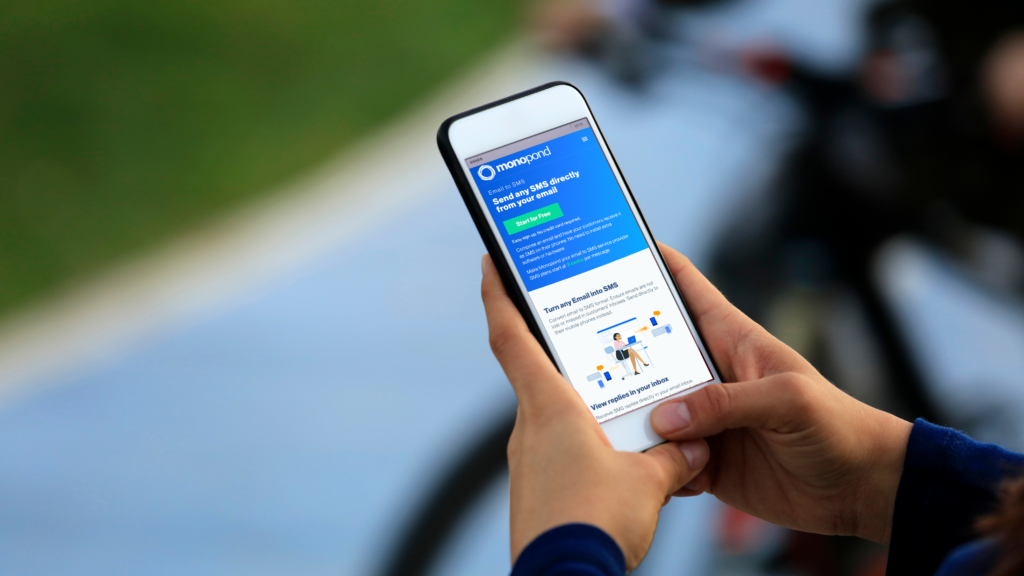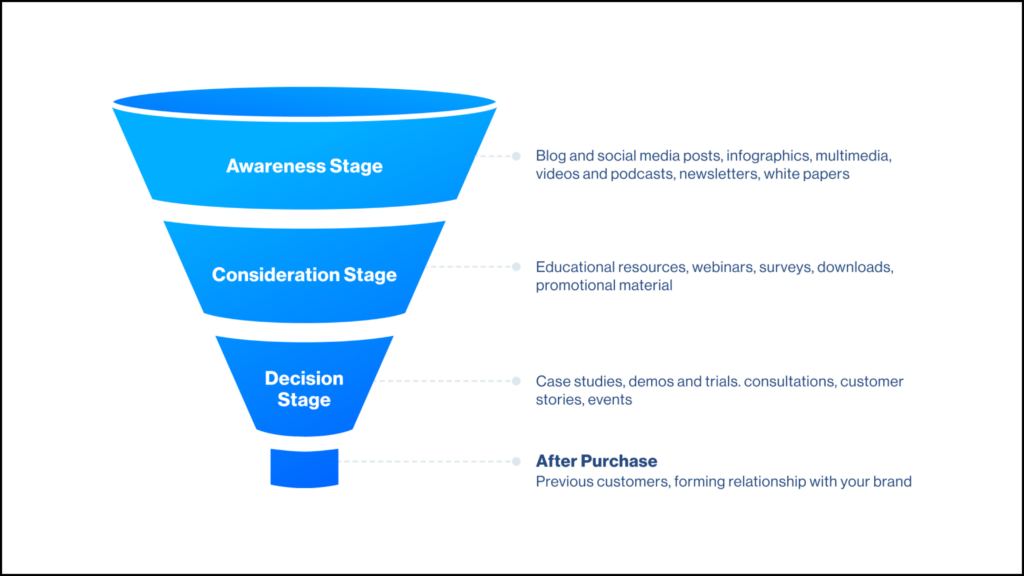
SMS marketing is often an underutilised channel for many businesses. However, incorporating it into your strategy can be a valuable investment. It helps increase your brand awareness while creating value for your audience by providing timely updates on the latest products, promotions, and news.
In this article, we’ll discuss how to create an effective SMS marketing campaign to enhance your user experience.
Define your goals
The first step is to clearly define your goals for the channel, understand how it aligns with your overall marketing plan, and identify the key metrics that will measure your success.

Key metrics include determining where SMS fits into your marketing funnel and how this can lead to higher reach or conversion. You should also consider whether SMS is the right channel for the awareness stage, where including a link can provide a quick and direct way for users to reach your landing page for new promotions or product announcements.
Target your audience
The next step is identifying your target audience. According to an article by Meltwater, there are over 33 million cellular-connected devices in Australia in 2024, surpassing over 126% of the total population. While this represents a large pool of potential users, only a portion will fall within your target audience.
To deliver the right content to the right audience, create a database and segment it based on your marketing funnel stages. These can be those who have visited your landing page but have yet to make a purchase or users who frequently browse your website.
SMS software like Monopond can help you maintain your segmented database, seamlessly tracking and monitoring your campaign send-outs for quicker roll-outs and streamlined database management.
Create engaging content
A common mistake in SMS marketing is creating messages that can be mistaken for spam. Misleading content may discourage your audience from opening your initial messages and lead them to ignore future communications. To avoid this, start with a friendly or witty hook that will grab their attention and keep them engaged enough to click the link or continue their subscription.

You can also personalise content for specific segments using an SMS software’s mail merge feature. For example, if an item left in a user’s cart suddenly goes on sale, SMS is the perfect channel to notify them about discounts or sales that they might otherwise not be aware of.
Schedule your messages
While your audience can receive messages at any time of the day, it’s important to send them when they are most receptive. For most working individuals, the ideal window is 9 a.m. and 5 p.m. on weekdays. You can also test different days and times to determine what works best for your targeted audience.
Here are some examples of special considerations for specific content:
- Alerts. Send alerts a few hours before any changes or interruptions in your service, regardless of the time of day.
- Special Announcements. For promotions or times when your services will be unavailable, send these messages a few days in advance.
SMS tools like Monopond can assist you in scheduling alerts and other special announcements.
Measure your results
Before launching your campaign, it is essential to set specific targets for your goals to determine whether the campaign is successful. Each metric should align with the phase of your campaign, providing clear indicators of performance. Stay agile and be prepared to adjust your messaging if you notice any dips in your metrics throughout the campaign.

Here are some suggested metrics to monitor: backlink traffic, subscription rate, landing page views, sign-up spikes, replies, and customer feedback. Keep in mind that some metrics may be more significant during different phases.
Think of SMS marketing as a valuable tool to add to your tech stack, enhancing your reach and conversion rates. When integrated with your social media and email marketing efforts, SMS can significantly improve the customer journey.
While there are many factors to consider when creating an SMS marketing campaign, this article provides a solid foundation to get you started. Think of SMS marketing as a valuable tool to add to your tech stack, enhancing your reach and conversion rates. When integrated with your social media and email marketing efforts, SMS can significantly improve the customer journey.
To further streamline your SMS marketing campaigns, consider using SMS software such as Monopond. With Monopond, your team can easily manage responses and individual customer communications using the email-to-SMS feature. This feature lets you send texts directly from Gmail, Outlook, or your preferred email client, making it simple to centralise all your business communications from your desktop.
If it’s your first time creating an SMS campaign, Monopond offers a free trial for marketers looking to incorporate SMS into their channels. Start for free now!
